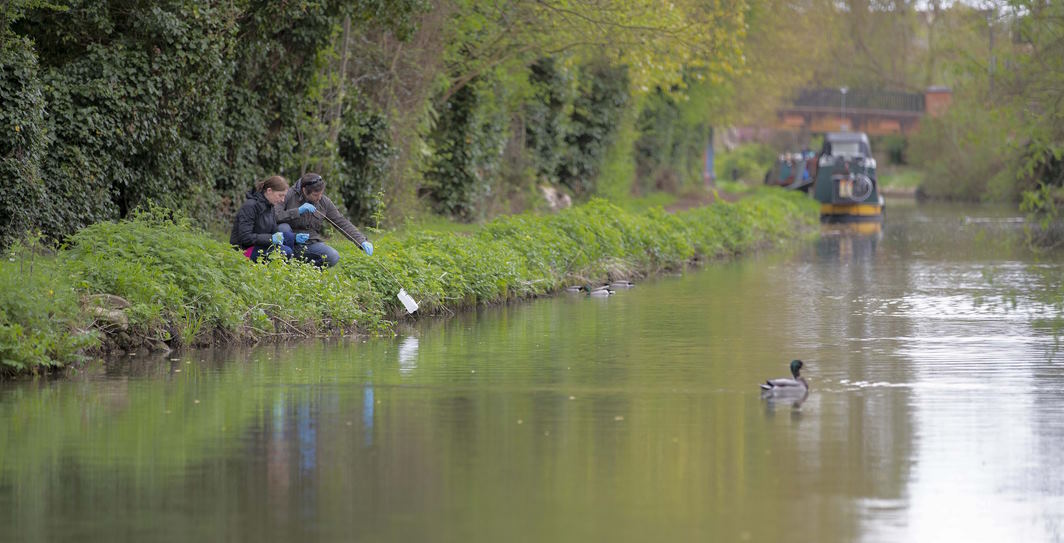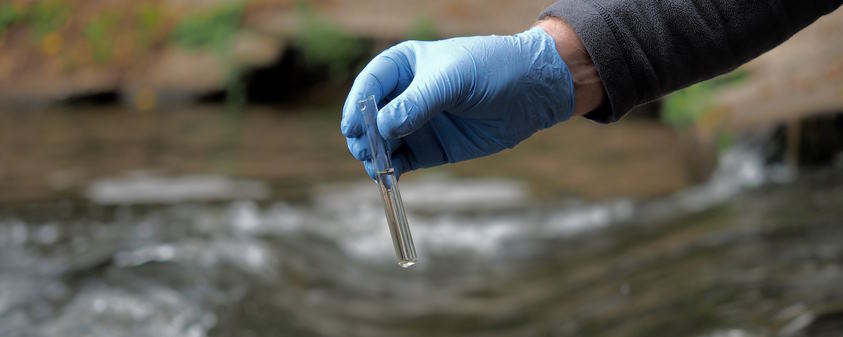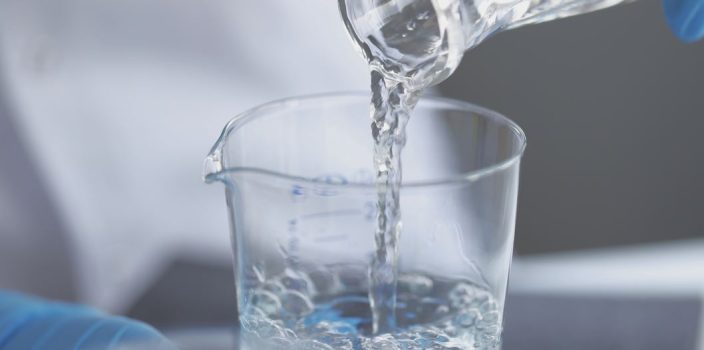Water quality is a critical issue that affects the health and well-being of people, animals, and the environment. In Europe, water quality monitoring is a key component of water resource management, and it is crucial for ensuring the safety of drinking water, maintaining healthy aquatic ecosystems, and protecting public health. As such, continuous innovation and the development of new technologies are essential for effective water quality monitoring. In this article, we will explore the latest innovations and technologies used for water quality monitoring in Europe. We will discuss the advantages and limitations of current monitoring technologies, the latest developments in real-time monitoring, the applications of the Internet of Things (IoT) in water quality monitoring, advancements in data collection and analysis, and the challenges and future directions for water quality monitoring in Europe.
Current Water Quality Monitoring Technologies in Europe
Europe has a range of water quality monitoring technologies in place to ensure that water sources remain safe for human consumption and the environment. Some of the most commonly used technologies include manual sampling, automated sensors, and remote sensing.
Manual sampling involves physically collecting water samples and testing them in a laboratory for various parameters such as pH, temperature, and turbidity. While this method is accurate, it is time-consuming and can be costly.
Automated sensors are another commonly used technology, which allows for continuous monitoring of water quality parameters such as dissolved oxygen, conductivity, and pH. These sensors can be installed in water sources and are capable of transmitting real-time data to a monitoring station.
Remote sensing technology, such as satellite imagery, is also utilized for water quality monitoring. This technology allows for the detection of changes in water quality over a large area and can be particularly useful for identifying harmful algal blooms.
While these technologies have their advantages, they also have limitations. For example, manual sampling may not be able to capture changes in water quality that occur between sampling periods. Automated sensors may require regular calibration and maintenance to ensure accuracy, and remote sensing may not provide the same level of detail as in situ monitoring.

Latest Innovations in Water Quality Monitoring
In recent years, Europe has seen a wave of innovative water quality monitoring technologies that have revolutionized the way we measure and monitor water quality. Some of the latest innovations include:
- Biosensors: These sensors use biological agents to detect water quality parameters such as toxicity and nutrient levels. They are more affordable and easier to use than traditional methods, and can provide real-time results.
- Nanotechnology: Nanosensors can detect and measure contaminants at extremely low levels. They are highly sensitive, require small sample sizes and are capable of detecting multiple parameters at once.
- Machine Learning: Machine learning algorithms can help to predict changes in water quality based on historical data. This technology can help to detect water quality issues before they become a serious problem.
- Drones: Drones equipped with sensors can be used to collect water samples and provide real-time data on water quality parameters. This technology can be particularly useful for monitoring hard-to-reach areas.
These innovations offer several benefits, including more accurate and reliable results, real-time monitoring, and cost-effective solutions. They also allow for more efficient data collection and analysis, which can help to identify and address water quality issues more quickly.

Water Quality Monitoring and the Internet of Things (IoT)
The Internet of Things (IoT) is a network of interconnected devices that can communicate with each other and share data over the internet. In water quality monitoring, IoT-based sensors can be used to collect and transmit real-time data on water quality parameters.
In Europe, IoT-based water quality monitoring technologies are being increasingly utilized. These technologies can provide continuous monitoring of parameters such as dissolved oxygen, pH, and temperature, and can detect changes in water quality in real-time.
Some of the IoT-based technologies being used in Europe include smart water meters, which can detect leaks and monitor water consumption patterns, and wireless sensor networks that can be deployed in rivers and lakes to monitor water quality parameters.
The benefits of using IoT-based water quality monitoring technologies include faster detection of water quality issues, improved water resource management, and increased efficiency and accuracy in data collection and analysis.
However, there are also challenges to implementing IoT-based monitoring systems, such as the need for reliable connectivity and data security measures.


